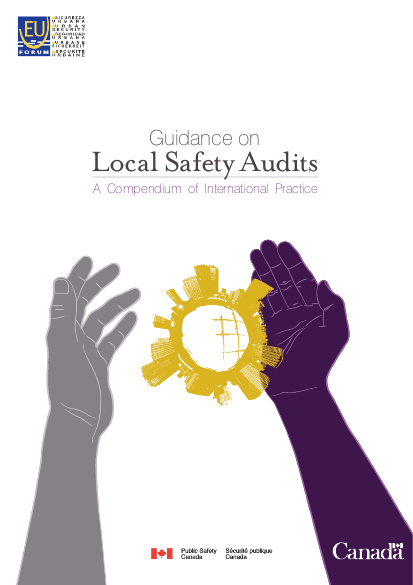
Prevention is better than cure! That applies to illness, accidents and natural disasters. And it applies to crime. In fact, taking action to prevent offending and victimisation is the most cost effective way of creating safer communities. It must be a key component - along with law enforcement, courts and corrections – of our response to these problems. Crime prevention is most successful when it is part of a strategic and inclusive process that is strongly supported by civic leaders who have a responsibility for community safety. A clear picture of crime and victimisation is the foundation for targeted action to reduce crime and increase individual and collective security. The safety audit is a tool to acquire the necessary knowledge and to build commitment from the range of partners whose collaboration is necessary to achieve results. The purpose of this Guidance is to explain the tool and to encourage and support its use. It has been written for everyone who has a significant role to play in designing and funding crime prevention programmes and in directing, developing or delivering crime prevention activity.
Resource collections
- Evaluating humanitarian action
- UN Habitat - Urban Response Collection
- Urban Response - Urban Crisis Preparedness and Risk Reduction
- Urban Response Collection - Community Engagement and Social Cohesion
- Urban Response Collection - Economic Recovery
- Urban Response Collection - Environment and Climate Change
- Urban Response Collection - Housing, Land and Property
- Urban Response Collection - Urban Crisis Response, Recovery and Reconstruction
- Urban Response Collection - Urban Resilience